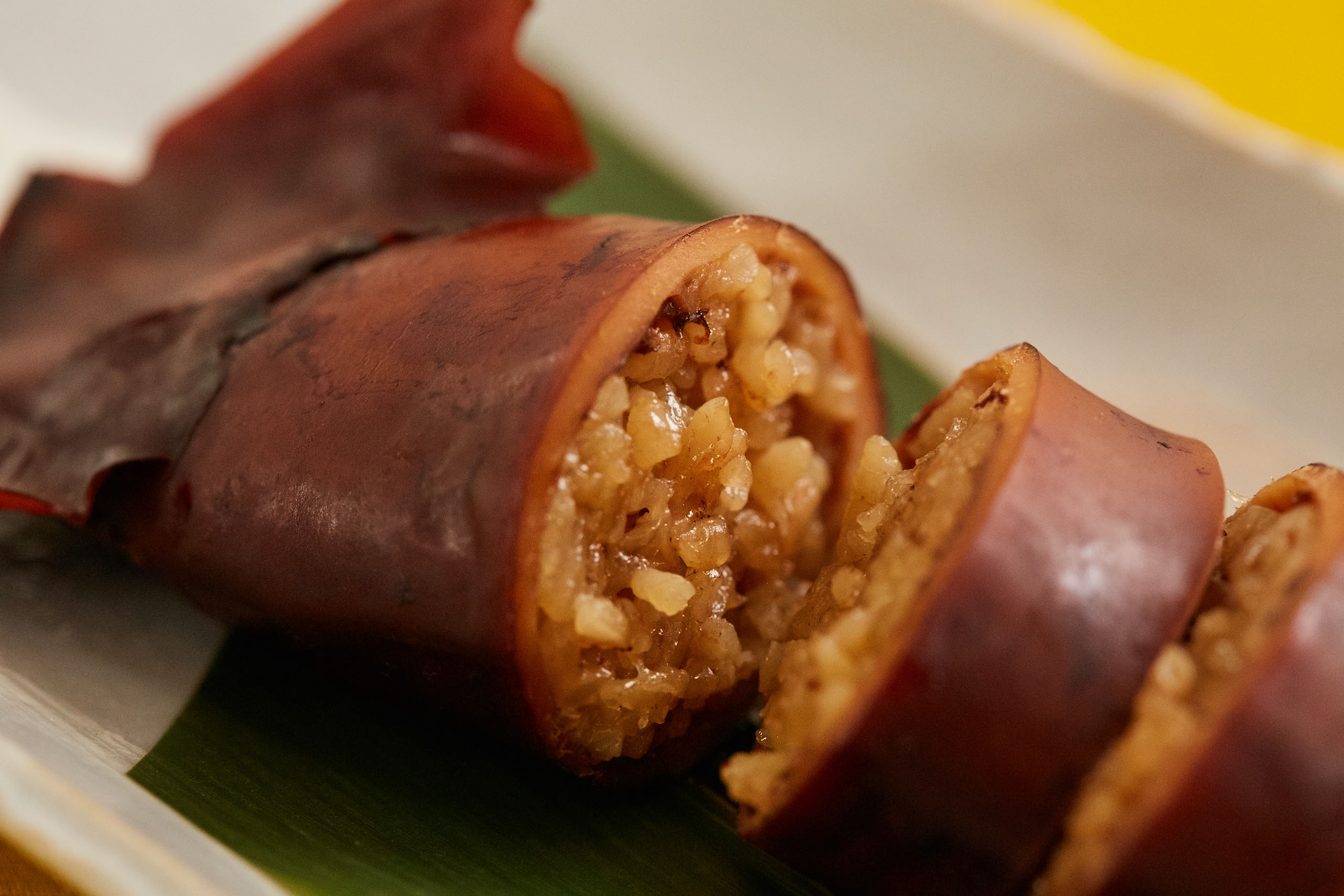
Hey there! Ever heard of cooking rice inside a squid? In the northern part of Japan, especially around Hokkaido, there’s a local dish called “Ika Meshi” that does just that. It’s a simple yet flavorful dish with a bit of history tied to it.
Dish Name: Ika Meshi
- Region / Location: Hokkaido
- Primary Area of Tradition: Southern Hokkaido (Donan region)
- Main Ingredients: Squid, glutinous rice (mochigome), non-glutinous rice (uruchimai)
How It’s Eaten / Served
The squid’s tentacles are removed, the insides cleaned out, and then it’s stuffed with a mixture of glutinous and regular rice. The opening is sealed with toothpicks, and then the whole thing is simmered in a broth made of soy sauce, sugar, salt, and sake until the rice is cooked through and infused with the flavors of the squid and the sauce.
Cultural Background and Preservation
Born out of rice shortages during World War II as a resourceful way to use the abundant squid from the Donan region, Ika Meshi started as a popular train station bento at Mori Station. Its ease of eating and satisfying taste made it a hit, and it’s still enjoyed today by people of all ages as a side dish, snack, or accompaniment to drinks. While you can easily cook it at home year-round, the original Mori Station Ika Meshi remains a beloved classic, and you can even find convenient retort pouch versions in supermarkets and online these days, helping to keep this local flavor alive.
Additional information:
- Glutinous rice (mochigome): A type of rice that becomes sticky when cooked, often used in Japanese sweets and special dishes.
- Non-glutinous rice (uruchimai): The standard type of short-grain rice eaten in Japan.
- Sake: Japanese rice wine, used in cooking to add flavor.
- Bento: A single-portion packed meal common in Japanese cuisine, often for lunch.
- Retort pouch: A sealed food packaging that is processed with heat to achieve commercial sterility, allowing for long shelf life.
The information about regional cuisine featured on this website (Piggy's Grandma of Japan) is summarized and adapted from the Ministry of Agriculture, Forestry and Fisheries of Japan (MAFF) website, "Our Regional Cuisines"Additional commentary is provided based on the unique experiences and perspectives of the site's editors.
The copyright for the original content regarding regional cuisine belongs to the Ministry of Agriculture, Forestry and Fisheries of Japan.
The summaries and adaptations published on this site are intended for informational purposes only. Piggy's Grandma of Japan does not guarantee the accuracy or completeness of this information. For the most accurate and complete details, please refer to the original pages on the MAFF website.


